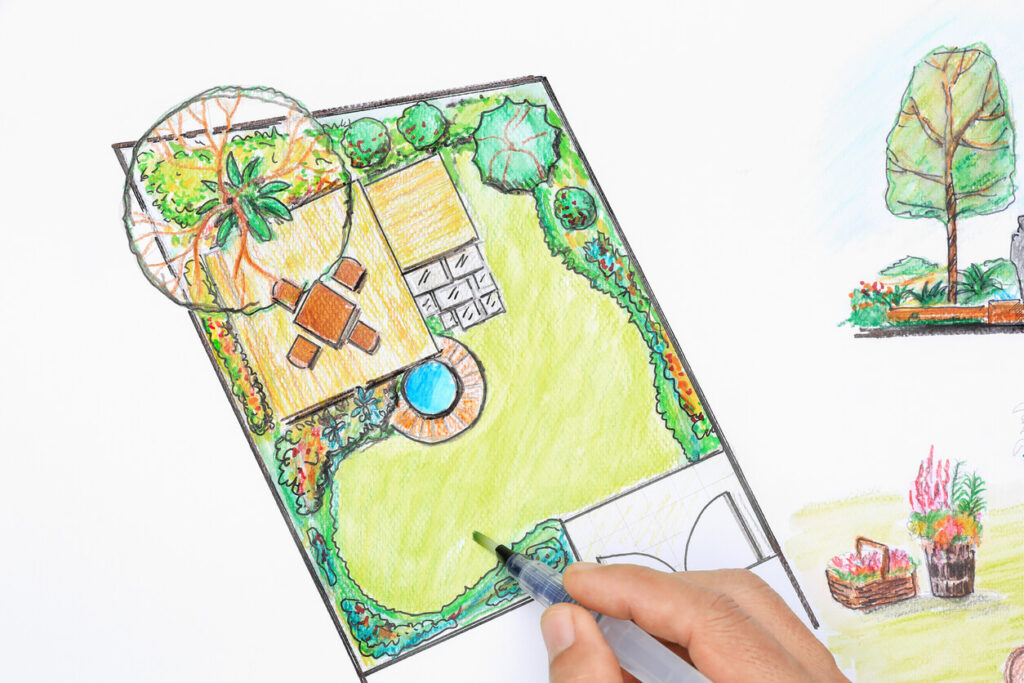Use
Fresh herbs
They are an excellent way to add healthy flavor to your food. For a unique flavor, you can add them to green salads (basil and oregano are good choices). Fresh herbs can enhance the flavor of sauces, and they can also be used to create delicious crusts for roasted meats.
Sunlight
It is essential. Many herbs that we use in cooking are grown in sunny regions like the Mediterranean. Your container herb garden should receive at least eight hours of sun per day. It is simple to move the containers outside. Choose a south-facing windowill if you are growing herbs indoors. Although you will still be able to harvest a decent amount of herbs, it won’t be as abundant as if they were grown outside.
Soil or, in this instance “potting mix”
This is the best medium to grow herbs.
Potting mixture
It is most often
Organic matter
Like peat and composted plants, it is lighter and gives more
container gardens
The best texture for root systems, and the most important good drainage.
Good drainage
A successful contain herb garden will be successful if it has a drainage hole. Containers should have adequate drainage holes to allow water to drain. Too wet soil is not good for herbs.
Container size
It is important to remember this. While the shape of the pot doesn’t matter to herbs, the container must be larger. A larger amount of potting mixture takes longer to dry, which allows for the mix to retain the correct amount of moisture. Instead of using several smaller containers, you can plant multiple plants in one large container. Perennial herbs can be grown in large containers that are well-drained and big enough. Containers should hold at least five gallons. Plastic containers work better in this case because clays and ceramics can crack from freeze-thaw cycles.
Watering
is important but remember: herbs don’t like wet soil. Stick your finger about an inch in the potting mixture. Add water if it feels dry.
Plants and seeds?
We recommend that you plant small, well-grown plants. These plants can be purchased at garden centers, local health food stores, or mail order companies. If you are growing them indoors, don’t wait until it is warm enough to buy them. Spend more time with them if you’re looking to save some money.
Growing plants from seeds
.
Patience
Another key ingredient to a successful container herb gardening venture is the soil. Your herb seedlings will look very small for the first few weeks. They will thrive once they get warmer. You might end up with more than what you need. Your friends will be grateful that you shared it. ).
Leaves
These are the things you want in your container herb garden. The leaves are what we use most of the time. Many herbs are not tolerant to fertilizers and you don’t want fertilizers that speed up flower growth. The flavor of your herbs will change once they bloom. You should harvest the leaves frequently. This prevents the plants from flowering and keeps them from producing more leaves. The oldest stems should be removed individually with scissors. To make it easy to snip the stems, keep a pair of scissors nearby. Dry them for later use in recipes or smoothies.
Pairing herbs
A beautiful and fragrant herb garden can be created by using larger containers. It is important to ensure that you are planting herbs with the same needs in the same container. Basil, for example, prefers more fertilizer and water than rosemary. This is because rosemary prefers soil that is drier and less nutritious. Container herb gardens make it easy to grow your own food. Easy to grow herbs, they are forgiving of gardener errors and just plain fun to grow. Enjoy!





